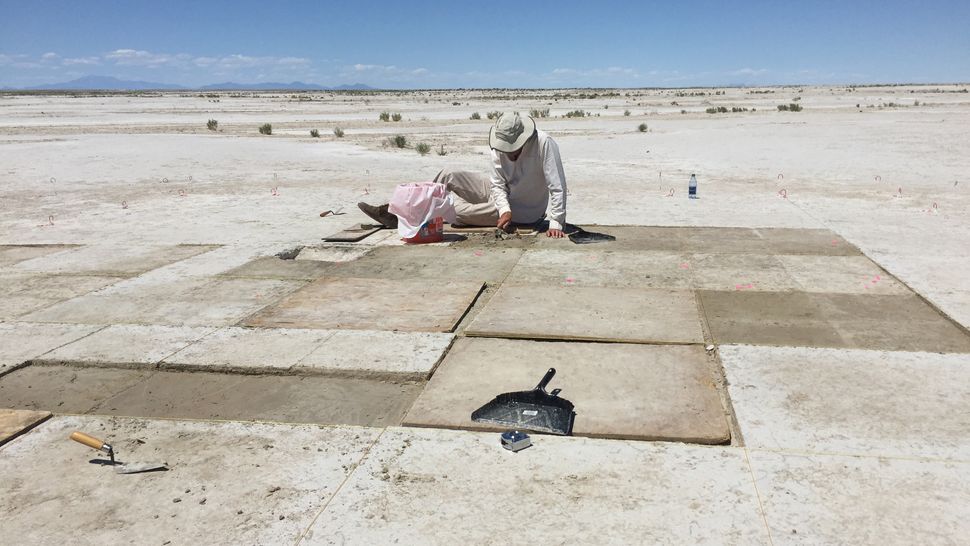Oldest evidence of humans using tobacco discovered in Utah [View all]
By Charles Q. Choi about 11 hours ago

Archaeologists found charred tobacco seeds in the remains of a hearth in Great Salt Lake Desert in Utah, dating back more than 12,000 years. Here, Kelly McGuire is digging at the hearth. (Image credit: Daron Duke)
Charred seeds found in the Utah desert represent the earliest-known human use of tobacco, evidence that some of the first people to arrive in the Americas used the plant, according to new research. The discovery reveals that humans used tobacco nearly 10,000 years earlier than previously thought, the researchers said.
Of all the intoxicant plants that humans use and abuse, tobacco has arguably had the most critical social and economic impact, the scientists of the new study said. It often played sacred, ceremonial or medical roles among the ancient Maya and other Indigenous American groups, and it helped drive the American colonial economy and thus Western expansion across the New World.
In addition to smoking, chewing and snuffing, people have used tobacco in a variety of different ways over the centuries. For example, ancient Maya rituals may have at times used intoxicating enemas of tobacco-laced fluids, and 18th-century English doctors gave drowning victims enemas of tobacco smoke in attempts to save their lives.
Until now, the earliest known evidence of human tobacco use was nicotine found in smoking pipes in Alabama that dated back about 3,300 years, according to research published in 2018 in the Journal of Archaeological Science: Reports. Now, scientists have unearthed signs that people used tobacco about 9,000 years earlier than previously thought.
More:
https://www.livescience.com/earliest-human-tobacco-use-found?utm_source=notification
